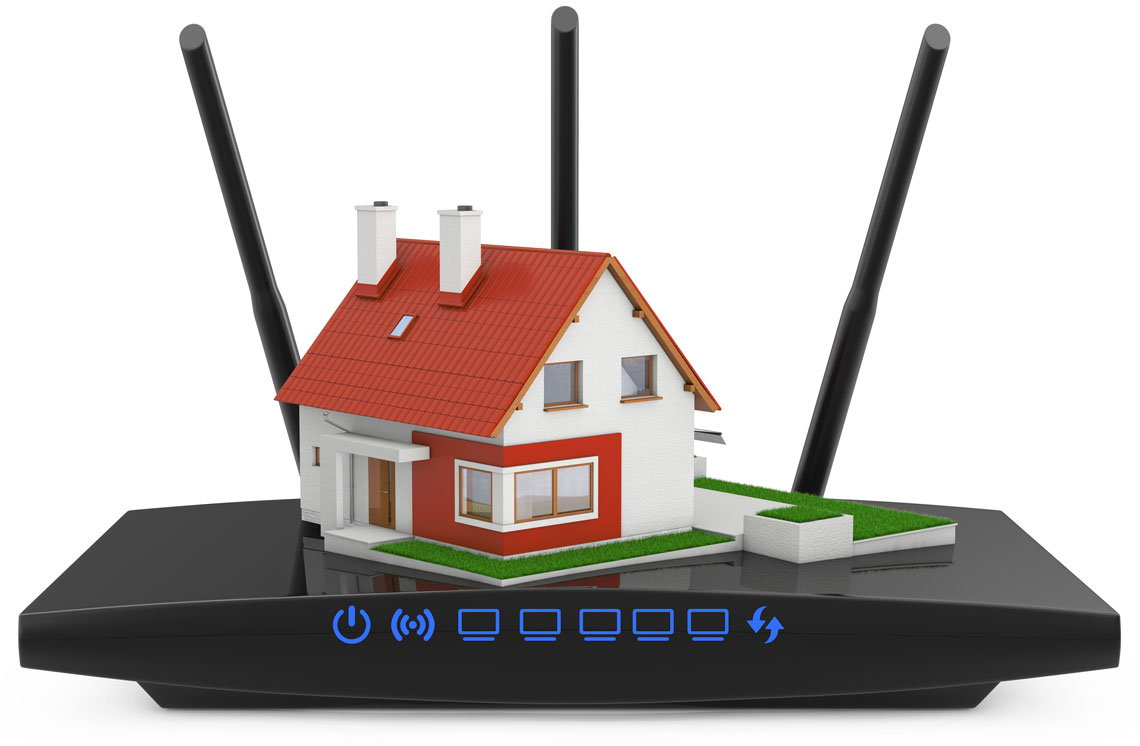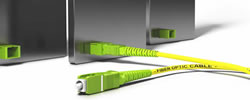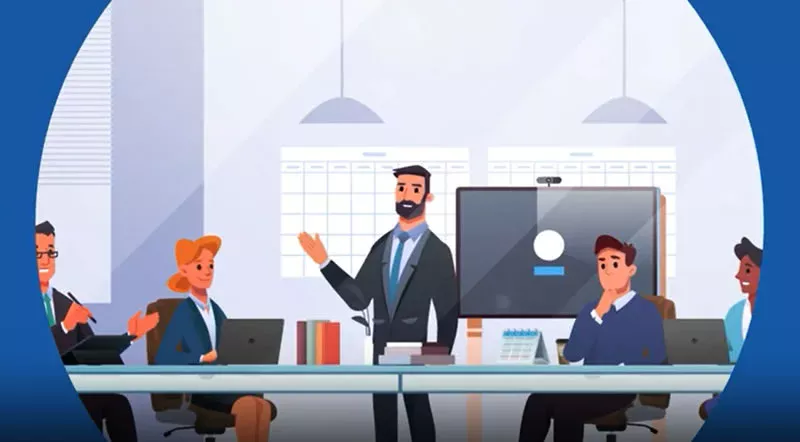What is CPE and Why Does It Matter?
CPE is an acronym for Customer Premise(s) Equipment, which refers to any piece of connected equipment that is used for accessing the Internet or generally accessing services on a provider network, whether directly or indirectly connected to that network. CPE can be provided by the telecommunications provider, such as a cable operator, telephone company or satellite provider. These companies either rent this equipment to the customer, provide it at no charge as part of the service, or allow a customer to purchase and provide their own equipment. As the name indicates, CPE will sit on the customer side of the network and can be a demarcation point between the provider network (WAN) and the customer’s home network or (LAN).

The Local Area Network (LAN) can contain multiple CPE, such as a Cable Modem, a home router and various PCs. While the Cable Modem acts as the demarcation point to the provider’s network, the devices inside the home are still considered CPE! Another typical home setup would include a Fiber-to-the-Home (“FTTH” or “GPON”) modem or ONT, perhaps with a built-in wireless router. In the case of a Cable Modem, the CPE connects to the coaxial or “RF” network of the cable provider and distributes Internet services directly or through a wireless router. For a GPON or 10G FTTH ONT, the connection to the provider network is a fiber-optic connection to the Internet, and inside the customer’s home is distributed via Ethernet or wireless signals. Satellite-based CPE connects through different technology again, which converts data to be used in communicating through the satellite system to video or an Internet connection.
Why is Good Performing CPE More Critical Than Ever?
With so many people spending time at home during the COVID-19 crisis, the use of CPE needs to be as seamless and trouble-free as possible. Whether it is data CPE devices or video CPE, or the combined multi-function devices more common today, people rely more than ever on technology working properly. Converged devices can offer multiple services together, including Internet, Video, Phone, and Wi-Fi services. The combinations are endless and can present a challenge both to users and to providers of such equipment due to their complexity. The need for accurate and reliable connections to the outside world has become more important than ever during the COVID crisis.
The complexity of these devices relates not only to the technology inside them, but the need for these devices to seamlessly connect to a myriad of other CPE devices inside a customer’s home. Such devices may need to support Wi-Fi 6 or 10G connections to mobile phones, laptops, tablets, game consoles, and of course, to a variety of smart home devices. These can be wireless alarms, cameras, vacuum cleaners, refrigerators, and even washers and dryers. Internet of Things (IoT) devices present a challenge for providers since the providers rarely provide the equipment that the main CPE will have to connect to. With customers reluctant to let people inside their homes today, the ability for providers to guarantee a fully working CPE device “out-of-the-box” is more critical than ever.
The Provider CPE Challenge
As mentioned, most network operators provide CPE for their customers. This CPE is rarely new and unused but is more likely a device that is recycled from a previous customer. Operators receive thousands of these devices from their customers each week. The CPE can be returned because it was defective, the customer moved to a different area, or the customer changed their level of service.The operator receives this equipment from their technicians or through the mail and then needs to qualify these devices as “good” or “bad”. While the majority of devices are in good working order and may simply need to be cleaned and repackaged, some are defective and will need to be repaired or scrapped.
Test Thoroughly and Quickly!
The only way to have a high degree of confidence that the CPE device is fit to be redeployed is to thoroughly test the device on a specialized tester. This test equipment must be able to handle large quantities of devices in a short time but still provide an accurate test result. Minimal touch-time and high-speed automated testing is a requirement. All functionality that a customer will use must be tested in such a way that minimal resources can test maximum quantities of devices. As described here, the CPE must be capable of high-speed Internet delivery, as well as Wi-Fi 6, video, up to 10G wired connections and phone functionality. It must also support the back-end technology, such as DOCSIS for Cable Modems. GPON or XGS-PON FTTH modems, DSL modems, Set-Top Boxes and wireless routers each have a different back-end system that authorizes or “provisions” that equipment. Providers must be able to quickly screen a variety of technologies, device brands and types so that they can meet the business needs for a continuous supply of CPE. This requirement falls on the CPE test equipment to keep providers operating smoothly.
How Promptlink Helps
At Promptlink, CPE test solutions are provided to test Data, Voice and Video, as well as Wi-Fi 6 and 10G devices. Promptlink’s CPE ATLAS can test DOCSIS Cable Modems, Wireless routers, GPON/EPON /XGS-PON fiber devices, Voice Modems and converged CPE devices, all on one high-speed test system. Promptlink’s Set-Top Test Platform provides a similar solution for all video CPE needs, including the latest IPTV set-top boxes and converged video devices. All Promptlink solutions are vendor-agnostic, testing any brand and technology in any combination, and are repeatable and reproducible in the highest possible volumes. Promptlink’s patent-pending shielded Wi-Fi enclosures even allow for speed benchmarking of Wi-Fi CPE, up to WiFi6 (802.11 AX) speeds.
Contact us today to consult with our professionals on a properly scaled solution to meet your needs.
DOCSIS 4.0: Ushering in the Next Generation of Cable Internet
What is Wi-Fi 7? The New, Faster Standard
Trends in Set-Top Box Deployments
How Network NoiseHawkAI Is Changing Network Monitoring
Deciding if Automated Testing is Right for Your Application
Using AI Technology to Automate Pinpointing Upstream Noise
Pandemic-Related Component Shortages and the Impact Across the Broadband Industry
What is Wi-Fi 6 and Why is It Important?
What is CPE and Why Does It Matter?
Rural Broadband and FCC Expansion Explained
The Challenges of Monitoring Upstream Noise in a Remote PHY Environment
Why Promptlink Automated STB Solution is Right for You
What is broadband network noise and why is it difficult to find?
How Do You Measure Network Health and Performance









